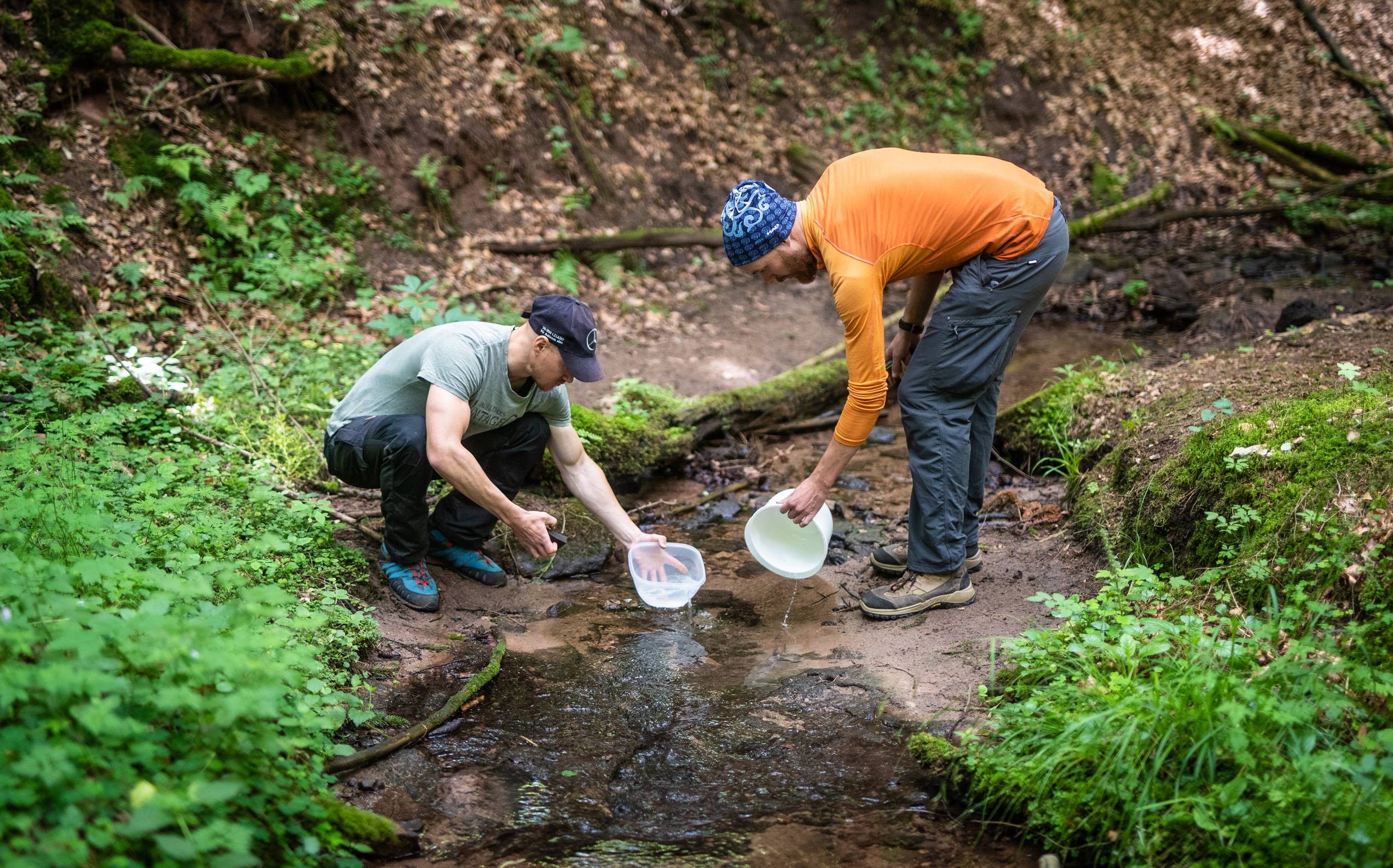
There are many options for treating broken bones in the wilderness. These include less manipulation, splinting and immobilization as well as traction. Even though wilderness areas don't have any building codes, handrails and convenient toilets to aid in their care, there are many dangers. There are hundreds of people who get hurt each year in wilderness areas. You'll know what it is like to break a bone hiking.
Fewer manipulations
Traditional first aid methods instruct clinicians to set fractures in the position they found them in. Backcountry conditions are not suitable for this technique. Bones function best when they are in their correct anatomical place. Furthermore, backcountry practitioners must consider the need to deal with delayed evacuation and inadequate medical supplies. Also, less manipulation during fracture reduction and realignment can help minimize neurovascular compromise and reduce morbidity. The risks of surgery or injury must be considered by clinicians.
Broken bones can happen in any part of your body. However, the most common locations for breaks are the lower arm or the upper leg. These are the femur or tibia. These breaks often occur due to outdoor activities. An open wound and bone location can help a medical practitioner determine the type or fracture. When breaking a bone, it is best to avoid manipulating it. If the fracture is open, it is best to avoid touching the bone. The open fracture could cause damage to blood vessels or nerves. This can cause shock or even death.
Splint
These are some tips for those who have recently been in an accident and need to know how to splint a fractured bone. The splint should fit snugly enough to hold the injured area still, but not too tight that it blocks circulation. Look out for signs that the victim is experiencing decreased blood circulation. If you feel a faint pulse, loosen the splint.

First, create a splint. You'll need some hard plastic or cardboard. Place padding on the one side of the folded plastic. Make sure the padding extends at least halfway to the top of your leg. You can make the splint more comfortable by using a thick piece duct tape or cloth. Make sure that the splint covers the fractured joint.
Immobilize
If you're in the wilderness, there's a good chance you have no idea how to properly immobilize a broken bone. You need to be able to fix the injury quickly to prevent it from getting worse. You don't know what to do? Read on. You should bring a portable spot device (SPOT) to use in wilderness. Cell phones are often unreliable in wilderness. Make sure to bring basic survival equipment such as water, food fire gear, rain gear and cordage.
A splint can be used to help the injured part remain immobile. A base layer can be used as padding. To keep your fingers in place, you can roll up small base layers. Larger ones can be used to immobilize your upper body. If the wound is open, do not sacrifice base layers just to keep warm. They are a vital component of any splint.
Traction
In the event of a broken bone, traction is a method of applying gentle pressure to the bone to help it heal. This method is not the same as setting a broken bone, which involves aligning the bone. A doctor must first evaluate the injury in order to set a damaged bone. If it is a complex fracture, it could bleed out or cause nerve damage. If you are unsure of the condition, contact a physician immediately.

Suspending the leg in a strap is the best way of reducing a displaced vertebral column. It allows the deformed muscles to relax over time. If the fracture is severed, the sling may need to be modified. You can use the clothes you have, if you don't have one. It is recommended that you keep the injured leg/ankle non-weight-bearing while in the wilderness.
FAQ
Can I bring my dog along?
In most states, dogs are prohibited from being hunted with humans. However, certain states have laws that permit this practice. For more information, contact your state's department for natural resources.
Some hunters bring their pets with them. Some people believe that having their pet with them helps them relax while hunting. Others say that having a companion makes them less likely to get lost.
However, bringing a pet along may cause problems. The hunter may be frightened of dogs. Wild animals might attack the pet.
How many Americans rely on hunting for their livelihood?
The United States has more than 300 million hunting dogs. This means there are more hunters than New York City residents.
Hunting is a American pastime that has existed for hundreds of years. However, today's hunters are less common than ever. According to the U.S. Only 2 percent of Americans hunt regularly, according to Fish & Wildlife Service (FWS). Even lower is the number of young adults who hunt regularly.
Although hunting may seem like an outdated pastime, older generations still love it. According to a survey, 68% of baby boomers expect to hunt once again when they are older. Hunting is a way for them to connect with the natural world and enjoy the outdoors.
Younger generations may not consider hunting a priority. According to National Shooting Sports Foundation, 18% of millennials don't consider themselves to be avid shooters.
FWS is committed to ensuring that America's wild areas remain accessible for all.
The agency's "Wild Lands” campaign was launched in 2014 to increase awareness about public lands throughout the country. The agency's goal is educate the public about the importance of conserving these areas and encourage them visit them.
Conservation efforts are encouraged by the Wild Lands program. FWS and National Rifle Association have partnered to create Project Gunter, a youth shooting sport program. This program teaches kids how to safely handle firearms and helps them develop skills such as marksmanship and safety.
Project Gunter is now expanding to include women and minorities. The result is that more children learn how to shoot guns, and are active participants in wildlife conservation.
Why does the U.S. Department of Agriculture (USDA) estimate that only about 1 percent of hunters kill a deer every year?
USDA estimates that about 6 million Americans hunt deer. Only 2.2million actually shoot one.
This means that only 0.6 percent kill deer each year.
How popular is hunting in America?
Hunting is a American pastime. Americans spend an average of $8 billion annually on hunting gear and supplies. The average hunter spends about $1,000 annually.
Many people hunt for relaxation and a hobby, but hunting is also a popular sport. The United States is home to nearly 50 million hunters. This includes both men, and women.
Hunters come from all walks of life. These hunters can range in age from children to seniors. While some hunters have been hunting for many years, others are just starting to hunt.
The most common reason why someone would want to become a hunter is that they enjoy spending time outdoors. Many hunters believe that hunting is a wonderful way to connect to nature and experience freedom.
Hunting can also be very social. Hunters often go hunting together as a group. These groups could include friends, family, or co-workers.
Hunting has become a popular sport for hunters. People compete against themselves and other hunters to see how well they can shoot different types of animals.
In some states, hunters compete against each other to kill the largest deer. These records are usually set by professional hunters.
Statistics
- In less than 20 years, Rhode Island saw a 40% drop in the number of hunting licenses for residents, according to The Valley Breeze. (stacker.com)
- Indiana, for example, saw a 28% jump in turkey license sales during the first week of the season. (stacker.com)
- - Percent of residents with paid hunting licenses: 0.7%- (stacker.com)
- Less than 1% of Hawaii's population has a hunting license. (stacker.com)
External Links
How To
How to choose the best hunting spots in a forest
First, you need to decide what kind and type of game to hunt when hunting. There are different types of animals and birds that live in forests and they all have their own habitat requirements, so if you don't know which type of animal you would like to hunt, you won't find any place where you can successfully catch them.
There are two main categories of animals that inhabit the forest: large mammals and small ones. Deer, moose and caribou are the large mammals. The smallest animals are rabbits (squirts), squirrels, hares and partridges. Each species has its own habitat so it is important to choose the right spot before you venture out into the woods. You can find information about endangered species within your locality by visiting the flora or fauna list. If you're planning to hunt a certain species, make sure that the area you plan to go to is safe from poaching.
You will need to be able to set up your equipment properly if you are going to hunt a specific species. Because it can affect your success rate, it is important to have the right equipment. A rifle that can fire accurately at close range is ideal for hunting rabbits. A rifle that can fire long distances will be necessary for hunting larger animals such as deer. A bait is also necessary to attract the prey. Some recommend placing meat in a trap to lure an animal. Others prefer peanut butter or corn. No matter which method you choose to use, be sure you adhere to all the laws of the country in which you hunt.
There are many factors to consider when hunting. These include the terrain, vegetation, wildlife populations, and accessibility. Safety is the most important thing when hunting. Make sure that you select a place that is free from predators and dangerous animals. In addition, try to avoid areas where there are too many people, especially during hunting season. You should also take note of the seasons when hunting because this will help you determine the best times to hunt.
It is important to consider the weather when selecting a hunting area. This is important as it will determine the number of animals you can hunt. Winter is when temperatures drop below zero degrees Celsius and snow covers the ground. The thick snow layer makes it difficult for coyotes, bears, wolves, deer and other animals to be seen. You might spot them if the weather is clear. On the other side, summer is when temperatures exceed 30 degrees Celsius and the sun warmths the earth. To escape heat, animals seek shelter. This makes it easier to locate them.
The terrain should be considered as well. A flat surface makes it easy to walk and run through the area, but uneven surfaces require extra effort. Steep slopes can be difficult to climb and streams and rivers can often create muddy trails. Make sure you find a place with no obstacles so it is easy to travel around.
The vegetation should be considered as well. Plant size and density will vary depending on the environment. Smaller animals will benefit from shade and shelter provided by large trees, while smaller animals will be sheltered and protected by shrubs and bushes. For large animals, dense vegetation is the best.
The amount of wildlife should be taken into consideration. There are more than 100,000,000 deer in North America, according to statistics. They eat almost half of the food produced by crops, and they play an essential role in maintaining biodiversity. They can also become pests and endanger the ecosystem if their numbers grow too fast. It's vital to balance the population.